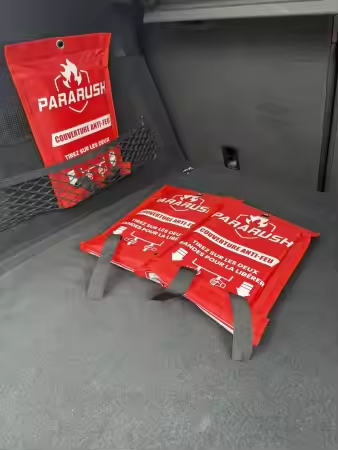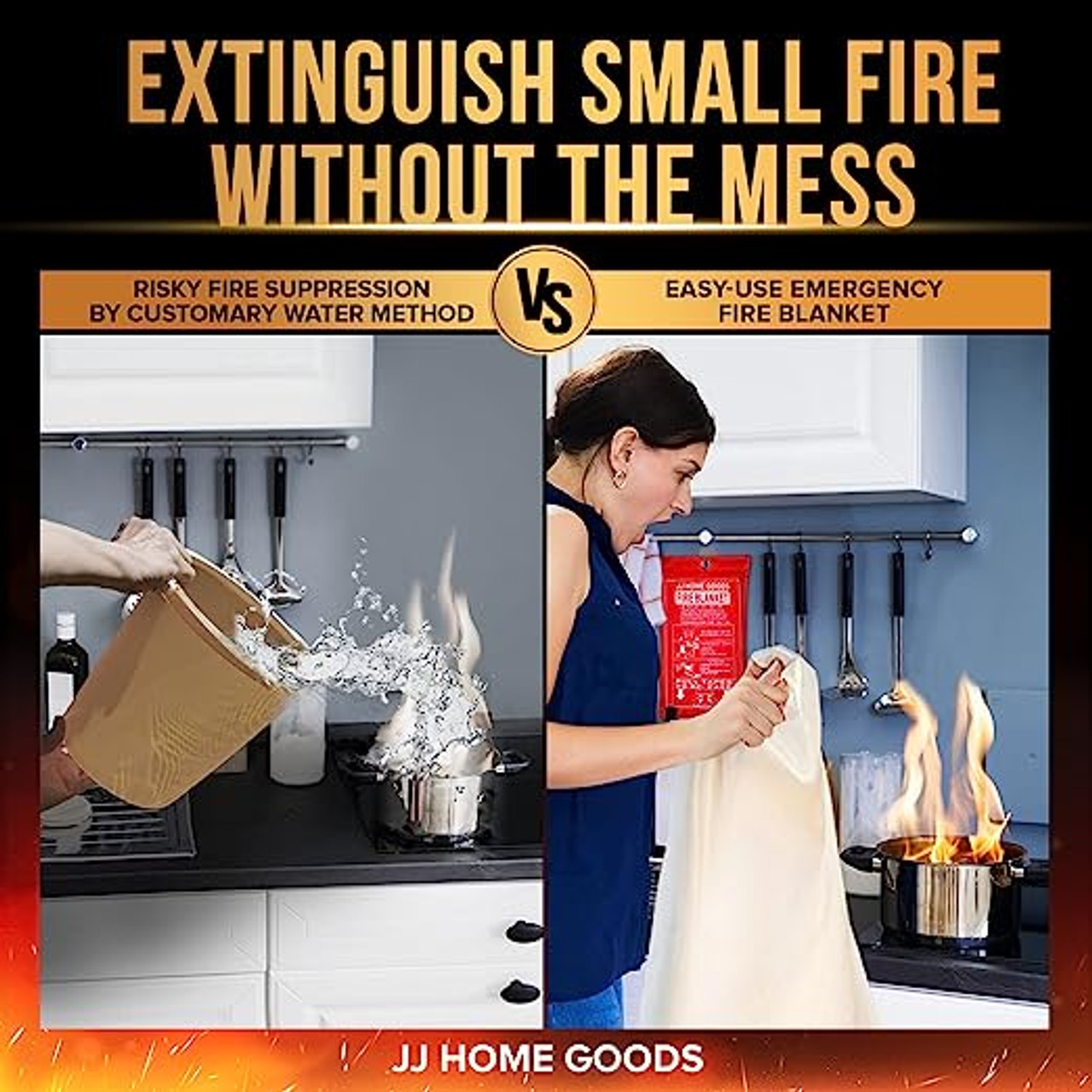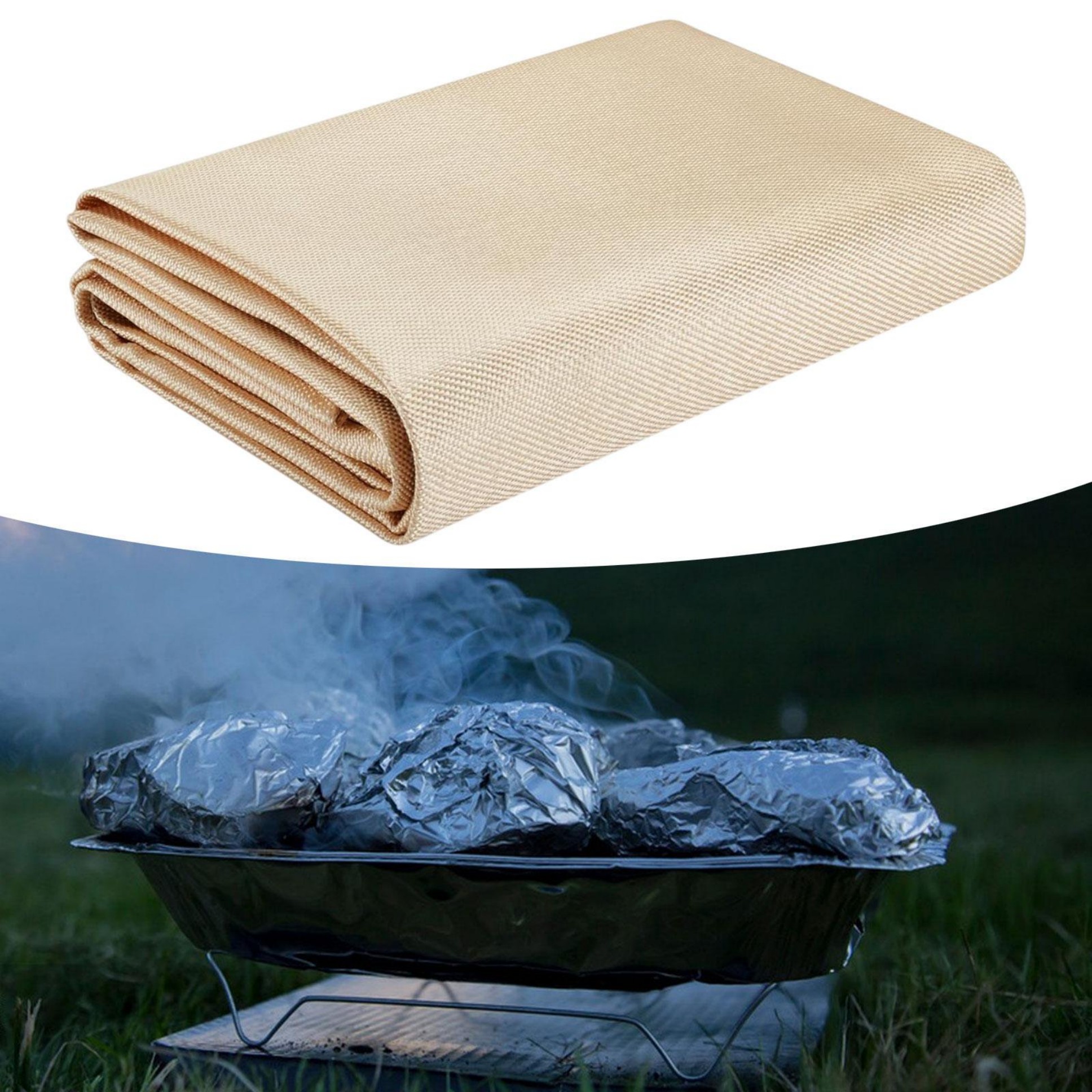Fire Blanket Static Buildup: Prevention and Safety Solutions
Summary:Static buildup in fire blankets can reduce effectiveness and create hazards. This article explains how static accumulates, its dangers, and practical solutions to prevent it while maintaining fire safety.
Understanding Static Buildup in Fire Blankets
When you use fire blankets made from synthetic materials, static electricity can build up through friction. This happens when the blanket rubs against surfaces or folds during storage. While fire blankets are designed for emergency use, static buildup can make them harder to handle when needed most.
Why Static Buildup Matters for Fire Safety
Static electricity in fire blankets presents two main risks. First, it can attract dust and flammable particles, reducing the blanket's effectiveness. Second, when you quickly unfold the blanket, static discharge might create sparks near flammable materials - exactly when you're trying to prevent fires.
How to Prevent Fire Blanket Static Buildup
You can minimize static in several ways:
- Material choice:Opt for blankets with natural fiber blends or anti-static treatments
- Storage:Keep blankets loosely folded rather than tightly compressed
- Handling:Ground yourself before unfolding by touching a metal surface
- Environment:Maintain moderate humidity (40-60%) where blankets are stored
Testing Your Fire Blanket for Static Issues
You can check for static buildup by:
- Unfolding the blanket in a dark room - look for visible sparks
- Running your hand over the surface - feel for static cling
- Placing small paper pieces on the blanket - watch for attraction
If you notice significant static, consider replacing older blankets with newer anti-static models.
Professional Solutions for Static Control
For commercial settings, professional options include:

- Conductive fiber blankets that dissipate static
- Ionizing blowers for storage areas
- Anti-static storage containers
- Regular professional testing services
Maintenance Tips to Reduce Static
Keep your fire blankets static-free with these practices:
- Inspect blankets monthly for static buildup
- Rotate blankets in high-use areas more frequently
- Clean according to manufacturer instructions - improper cleaning can increase static
- Replace blankets showing signs of excessive static or wear

When to Replace Your Fire Blanket
Consider replacement if:
- Static persists after proper handling and storage adjustments
- The blanket shows visible damage or fraying
- Manufacturer's recommended lifespan has expired
- You operate in environments with flammable gases or dust
Conclusion
While often overlooked, fire blanket static buildup can compromise safety. By understanding the causes and implementing preventive measures, you ensure your fire blankets remain reliable in emergencies. Regular inspection and proper storage are key to maintaining static-free fire protection.






